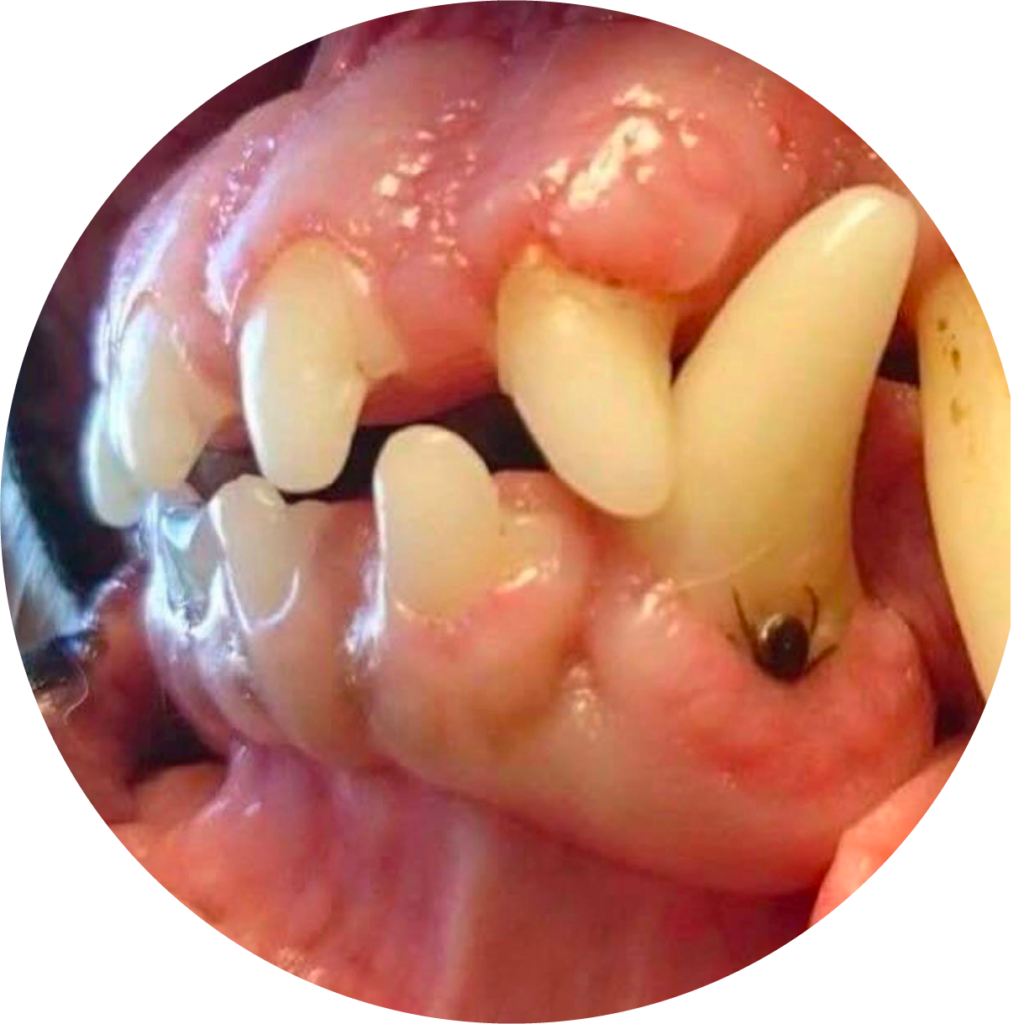CHECKING YOUR PRECIOUS PET FOR TICKS AND FLEAS
One way to act as a responsible pet owner is to regularly check your beloved friend for harmful (and potentially fatal) parasites such as ticks and fleas. We recommend doing this on a weekly basis.
If you’re wondering how to check for ticks and fleas, here is a quick and easy technique for you!
TO CHECK YOUR PET FOR NASTY PARASITES:
Ticks and fleas are relatively easy to identify – they tend to stick out like a sore thumb, and usually cause inflammation around the area they’ve decided to burrow into. Another way to find ticks and fleas is through touch sensations – these bugs have a distinct texture.
Rub your hands over the entire body of your pet, making sure that you are going down to the skin.
Check their nasal caviti es, ears (both inside and out), and the inside of your pet’s mouth along the gum lines. While you’re at it, check the undercarriage between the folds, and each pad on your pet’s paws – carefully inspecting each individual groove. Other important places to check for ticks and fleas include around and under the collar, under their tail, and around their back passage and urinary areas.
es, ears (both inside and out), and the inside of your pet’s mouth along the gum lines. While you’re at it, check the undercarriage between the folds, and each pad on your pet’s paws – carefully inspecting each individual groove. Other important places to check for ticks and fleas include around and under the collar, under their tail, and around their back passage and urinary areas.
If you are still unsure, please do not hesitate to take your beloved pet to the vet immediately.
If you start this regimen when they are young, most pets quickly get used to it. In fact, they often grow to enjoy the attention and hands-on pampering!

TREATMENT – WHAT MEDICATION SHOULD I USE?:
 For any medication, it is always best to consult your local veterinarian. Accredited practices are staffed with people who are more than qualified to recommend the best and most appropriate medication for your animal – they will know the dangers associated with your pet’s condition, and will most likely be aware of parasites that tend to live in your area.
For any medication, it is always best to consult your local veterinarian. Accredited practices are staffed with people who are more than qualified to recommend the best and most appropriate medication for your animal – they will know the dangers associated with your pet’s condition, and will most likely be aware of parasites that tend to live in your area.
Always make sure to use these products on a 28-day cycle – in longer months, you are leaving them open to re-infestation.

